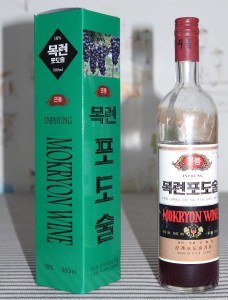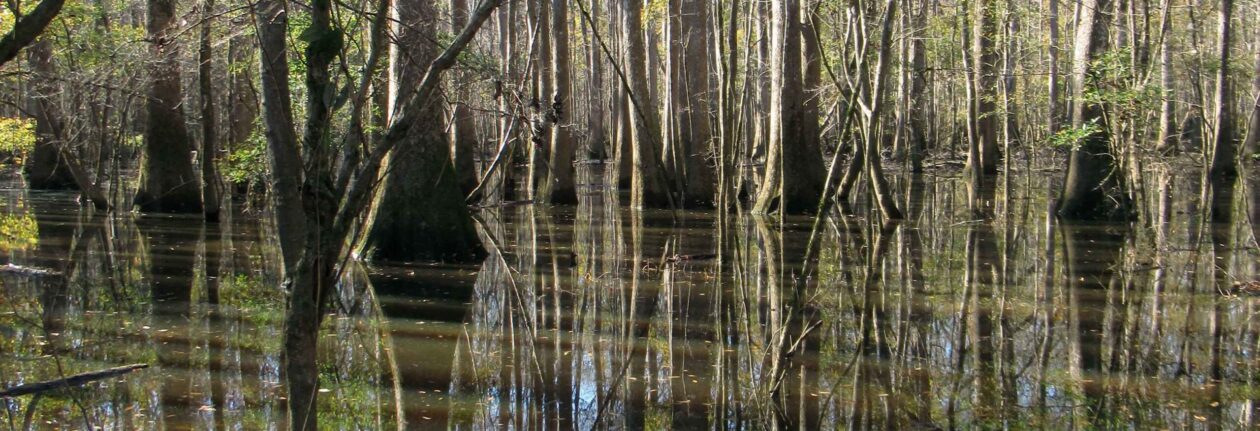PRELUDE
Yesterday I committed suicide. It wasn’t a suicide in the physical sense of ending one’s life, but a suicide designed to end the way I was living my life – a suicide to kill the old and make way for the birth of the new. I decided to leave my old life behind in the United States and begin a world tour. This tour started in South Korea.
FIRST MOVEMENT: SOUTH KOREA
Panmunjeom, South Korea
I arrived the night before in Incheon Airport and checked into the hostel I was staying at. That night I even had a dream in Korean, though since no subtitles were provided, I haven’t a clue what the people in my dream were saying. I then woke up this morning and headed out to catch a tour of the Demilitarized Zone (DMZ); that deadlocked line between the North and South which snakes across the peninsula two kilometers thick and 241 kilometers long from east to west.
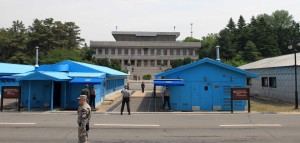
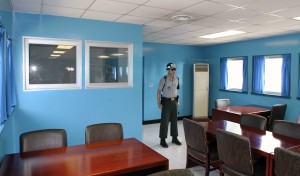
The first stop of our tour was Camp Bonifas (named after the United States Army Captain who was brutally murdered by the North Korean forces for attempting to cut down a poplar tree in the then neutral portion of the DMZ); at the camp we received a slideshow briefing before heading off to the Joint Security Area (JSA), where we were allowed to enter a conference room which lies directly on the border between the two nations and where we were able to stand on the North Korean side for several minutes.
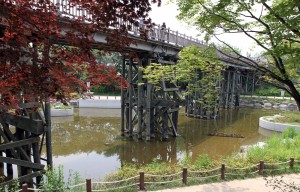
We then rode out of the JSA passing by the site of the aforementioned poplar tree, the ‘bridge of no return’, Freedom bridge, and the untold, unseen number of mines strategically buried throughout the DMZ to prevent the North from raiding the South again. Every now and then one of these mines will detonate, set off by a hapless animal completely unaware of the continuous conflicts made by Earth’s superior species; the soldiers who are stationed along the DMZ jokingly refer to the perpetrators of these random explosions as three-legged hogs.
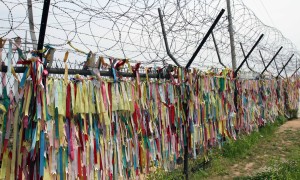
We then had bulgogi (“fire meat” – thinly sliced beef grilled with vegetables) for lunch before continuing on the second half of our tour, which consisted of the Dorasan Train station (end of the line from Seoul, though once used to extend to North Korea), the Dora Observatory (providing viewing stations of the DMZ and North Korea, and the Third Tunnel (named so, because chronologically it was the third of four tunnels discovered by the South Koreans which the North had illegally made after the cease-fire to secretly move troops and equipment into the south in the event of any future invasion – it is believed that there are many more tunnels waiting to be found). Fortunately, we were provided hard hats during the Third Tunnel tour, otherwise I would’ve been scalped by the jagged rock above.
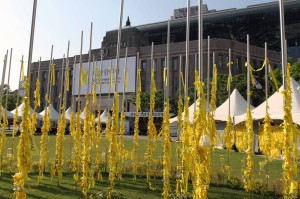
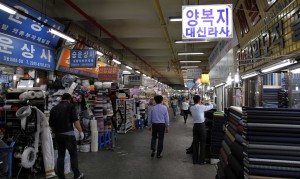
When the tour was completed I headed over to Seoul’s Old City Hall (actually built by the Japanese during their occupation of the peninsula) and looked at the memorial set-up to honor the victims of the MV Sewol ferry disaster that occurred on 16 April. I then took the subway to the Dongdaemun market and looked around at all the various goods for sale (meat, fruits, vegetables, millions of yards of fabric, etc.). Then after walking lost on the streets for about an hour, I ate some galbi (grilled pork) wrapped in lettuce with kimchi and other banchan (“small dishes”). Lastly, before retiring for the night, while typing out this journal entry, I drank some Mokryon Wine (a grape wine made in North Korea that is available for purchase at the gift shop in Camp Bonifas), it’s 18% alcohol and tastes like a cheap fortified wine that you’re probably better off using for cooking than straight-up consumption.
